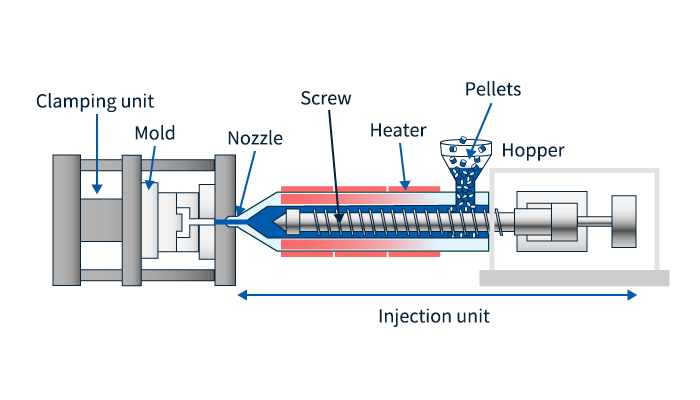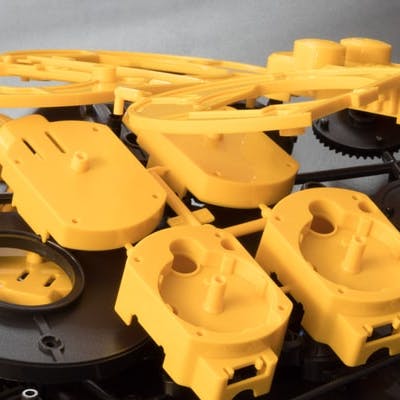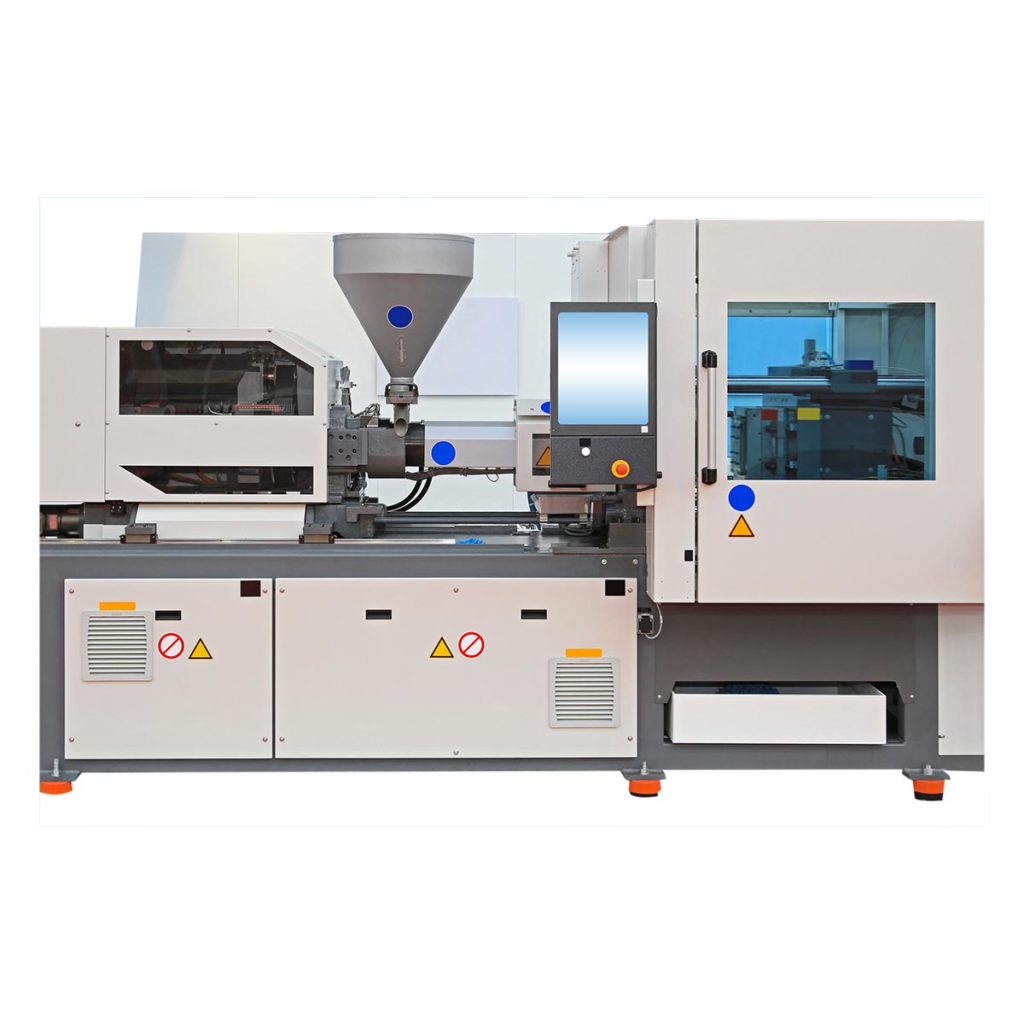Comprehending the Fundamentals of Plastic Injection Molding Procedures
Plastic injection molding functions as a cornerstone of contemporary manufacturing, supplying a systematic approach to creating complex components with precision. This procedure not just encompasses the fundamental steps of melting and infusing materials into mold and mildews however also entails a nuanced understanding of various influencing factors, such as temperature and pressure. As markets significantly demand effectiveness and high quality, the ins and outs of this methodology end up being extra crucial. Checking out these essential elements could reveal how even small modifications can cause considerable renovations in production outcomes, raising questions about the capacity for development in this recognized process.
What Is Plastic Shot Molding?
Plastic injection molding is an extensively used manufacturing procedure that transforms polycarbonate and thermosetting products into specific and complex forms. This method is favored for its capacity to produce high volumes of identical get rid of extraordinary precision, making it a crucial technique in numerous industries, including automotive, durable goods, and medical devices.
The procedure involves melting the selected plastic product and infusing it right into a mold and mildew under high pressure. The mold, created to the specifications of the desired part, enables the liquified plastic to materialize as it solidifies and cools. As soon as the material has solidified, the mold and mildew is opened, and the completed part is expelled.
Plastic injection molding offers numerous benefits, including decreased waste, uniformity in manufacturing, and the capacity to incorporate detailed designs that may be challenging with various other manufacturing methods. Furthermore, it sustains a wide variety of materials, each offering special residential or commercial properties that can be customized for certain applications. As sectors proceed to introduce, plastic injection molding continues to be at the forefront, enabling the advancement of innovative items that satisfy progressing customer needs.
The Injection Molding Process
The injection molding process is a sophisticated technique that entails several key stages to produce premium plastic parts. Plastic pellets are fed right into a warmed barrel where they are melted into a viscous fluid. This molten plastic is then infused under high stress into a precision-engineered mold, which shapes the material right into the wanted kind.
As soon as the mold is filled, the plastic is permitted to solidify and cool down, taking the shape of the mold and mildew tooth cavity. Cooling time is crucial, as it affects the cycle time and the last buildings of the shaped part. After enough cooling, the mold and mildew opens, and the ended up component is expelled utilizing ejector pins.

Materials Utilized in Injection Molding
Different materials can be used in the shot molding procedure, each offering one-of-a-kind residential or commercial properties that deal with details applications. The most commonly used materials consist of thermoplastics, thermosetting plastics, and elastomers.

Thermosetting plastics, like epoxy and phenolic resins, undergo a chemical modification throughout the curing procedure, causing a rigid, these details stringent framework. These products are optimal for applications requiring high warm resistance and architectural stability, frequently used in automotive components and electric insulators.
Elastomers, including silicone and rubber-based materials, give flexibility and durability. Their one-of-a-kind residential or commercial properties make them appropriate for applications that demand flexibility, such as gaskets and seals.
Additionally, specialty products like bio-based plastics and composites are obtaining traction for their environmental benefits and improved efficiency qualities, expanding the range of shot molding applications in different markets. Recognizing the residential or commercial properties of these materials is crucial for selecting the suitable type for certain tasks.
Benefits of Injection Molding
Injection molding sticks out as a highly efficient manufacturing procedure that provides many benefits for creating complex parts with precision. One of the most significant advantages is the ability to create intricate designs that would certainly be tough or impossible to use this link accomplish with other methods (Plastic Injection Molding). The process enables limited tolerances and detailed attributes, guaranteeing premium elements
In addition, injection molding is recognized for its fast production capabilities, making it an optimal option for high-volume manufacturing. When the mold and mildew is developed, parts can be produced quickly, lowering lead times and raising overall productivity. This performance not only lowers production costs yet likewise provides an affordable side in the market.
The adaptability of products used in shot molding even more boosts its appeal. A large range of thermoplastics and thermosetting polymers can be employed, permitting makers to choose products that finest fulfill their specific demands, including strength, warmth, and flexibility resistance.
Additionally, the procedure lessens waste, as excess material can often be recycled and recycled. This sustainability aspect adds to a decreased environmental impact, making shot molding a responsible production selection. Overall, the benefits of injection molding make it a favored approach for several markets.
Factors Impacting Product High Quality
While countless aspects can affect item quality in injection molding, comprehending these components is essential for accomplishing ideal outcomes. Key aspects include material choice, processing specifications, and mold and mildew layout.
Product option plays a vital function, as different polymers display special properties that impact flowability, toughness, and thermal security. Insufficient material option can cause flaws such as warping or incomplete filling.
Handling parameters, including temperature level, cycle, and stress time, should be carefully controlled. Variants in these setups can result in inconsistencies partly measurements and surface finish. For instance, exceedingly high temperature levels may trigger degradation of the polymer, while Our site inadequate stress can lead to short shots.
Mold design is just as vital, as it determines the circulation of the molten plastic and the cooling process. Poorly made molds might result in uneven air conditioning rates, resulting in recurring anxieties and dimensional inaccuracies.

Conclusion
In final thought, plastic injection molding acts as a critical manufacturing procedure that enables the efficient manufacturing of top notch parts. Proficiency of the shot molding procedure, consisting of the understanding of products and the influence of different variables on product top quality, is essential for achieving optimum results. The advantages of this method, such as cost-effectiveness and layout adaptability, additional highlight its relevance across multiple sectors, strengthening its standing as a recommended option for high-volume production.
Plastic injection molding serves as a cornerstone of modern-day production, supplying a systematic method to producing intricate parts with accuracy.Plastic shot molding uses a number of benefits, consisting of reduced waste, consistency in manufacturing, and the capability to integrate elaborate designs that might be testing with other manufacturing methods (Plastic Injection Molding). As industries proceed to innovate, plastic shot molding stays at the center, allowing the development of innovative items that meet evolving customer demands
The shot molding procedure is an advanced technique that entails several key stages to create premium plastic components.In verdict, plastic injection molding offers as a crucial production process that makes it possible for the reliable production of top notch components.
Comments on “Comprehending the Plastic Injection Molding Process for High-Quality Production”